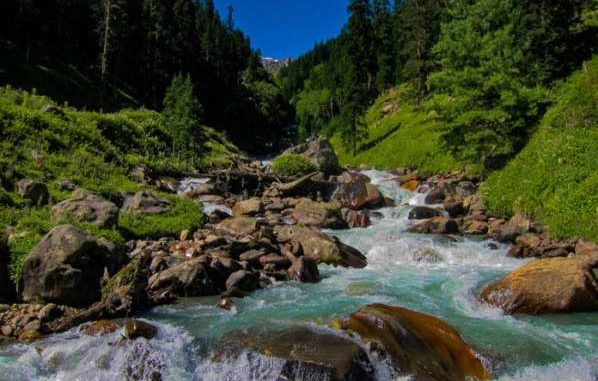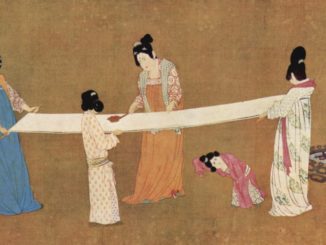
The Parvati Valley in Himachal Pradesh is an extraordinarily beautiful region, but most people know it more for its charas than its beauty. Even till a decade ago, the valley remained underground, somewhat surprisingly, and mostly saw foreign tourists, as Indian tourists preferred other destinations in the Himalayan state. But as awareness about cannabis (the source plant of charas) and its forms increased in India over the years, the Valley has seen more and more young Indians pour in. While that has definitely helped tourism in the Valley’s villages, its environment, along with its reputation, has suffered a lot.
The Origins of Charas Trade in Parvati Valley
Charas is a black, sticky substance that is extracted from cannabis plants by continuously rubbing the plants, and it has been cultivated and used by the locals for decades. Lord Shiva is said to smoke it, which makes it a substance of immense religious importance in a region that is predominantly Hindu.
When foreigners, mostly backpackers, and hippies, first stumbled upon the valley and discovered the potent charas, they couldn’t wait to take it back with them, as it had immense value in the west. More interestingly, the natives of the valley had little idea of the prices their products would fetch, as they kept selling it for extraordinarily low prices.
Thus started a drug trade that grows stronger with every passing year. The natives are now fully aware of their products’ value in the international markets. As a result, thousands of acres of Himalayan lands, located in the upper reaches of the valley, remain full with cannabis plantations from April onwards. They are allowed to thrive and grow till September when the rubbing process begins, and the charas is extracted. It’s hard work, but it definitely pays; to what extent, however?
Why is it a Problem?
Earnings may have skyrocketed for the locals in recent years thanks to the charas trade, but most people these days venture into the Valley in the only for charas, and they rarely want anything more. This strong undercurrent of indifference for the natural magnificence of the region has resulted in a huge amount of litter on the Himalayas.
Pay a visit to any of the villages in and around the Valley, and it wouldn’t be long before you can spot garbage on the sides of the mountains. The banks of the Parvati River too, haven’t been spared, and Kasol, probably the most popular destination in the Valley, is among the many victims.
With no proper waste management system in place, it is imperative that visitors to the Valley handle plastic and packaged products with utmost care, especially in remote places of the Valley like Kheerganga, which can be accessed only after a 3-hour trek. But on the contrary, the crowd stays busy in drug-fuelled fantasies, happily ignoring the need of the hour; keeping Parvati clean and green.
Preserving Parvati
Charas may be intrinsic to the Parvati Valley way of life, but the Valley needs to be seen as much more than just a place that produces a really potent drug. It’s time all of us admired the Valley for its views of spectacular snow-capped Himalayan peaks, its apple trees, and all its lush greenery, and played our parts in protecting Parvati from the dangers of too much plastic and pollution.
Proudly WWW.PONIREVO.COM



